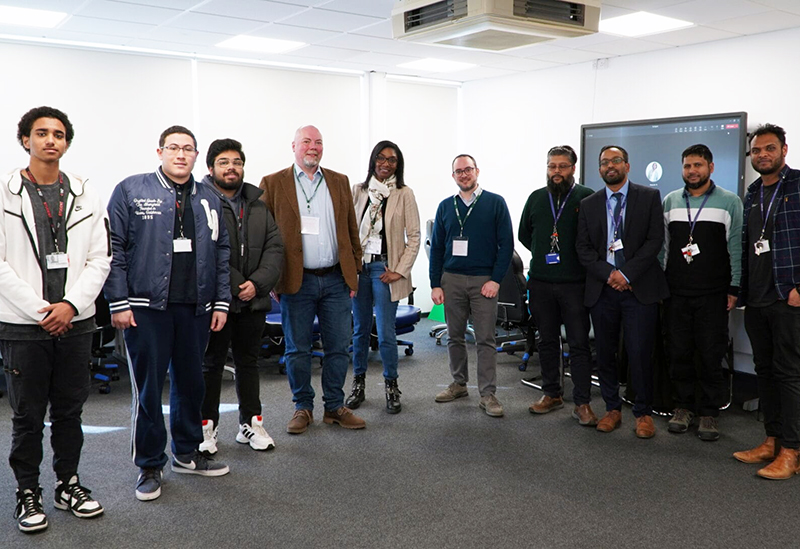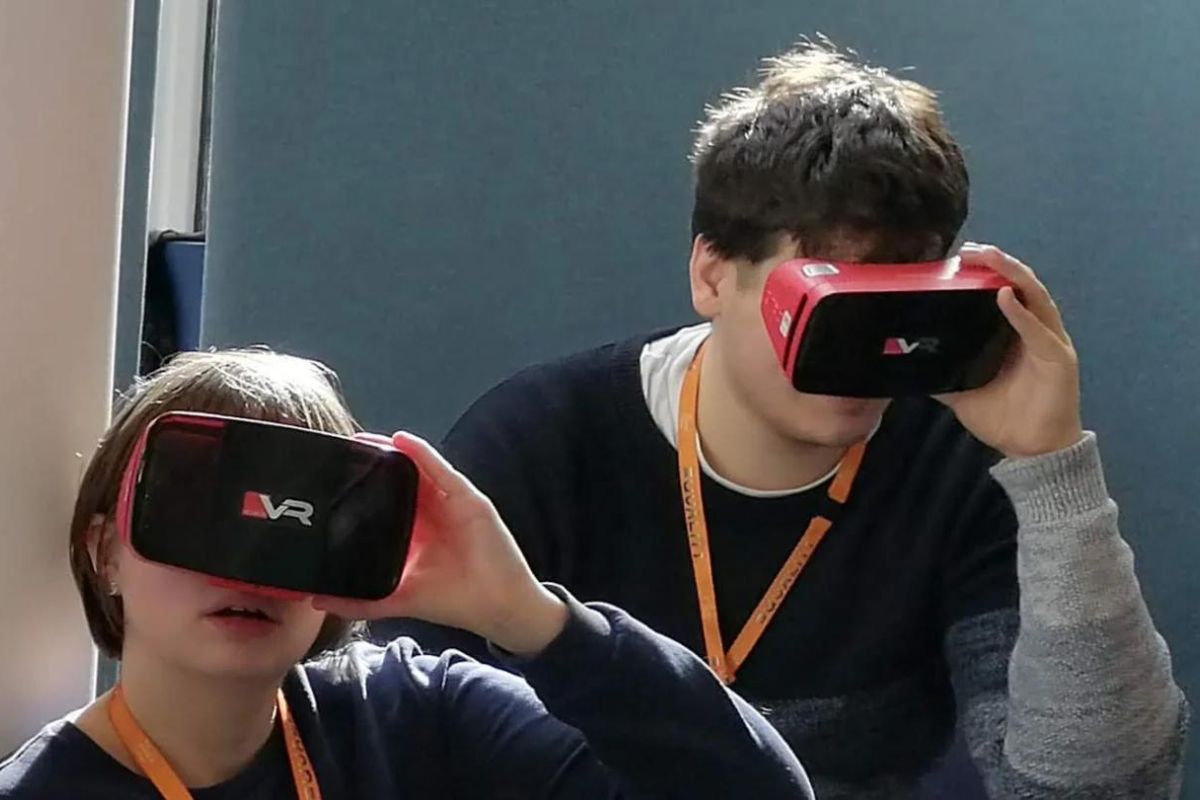New OfS analysis examines differences in higher education access and continuation between different groups of students

The @OfficeStudents (OfS) has published a new analysis of differences on access and continuation rates in higher education between students from different ethnic groups.
The analysis considers both the type of university (or other higher education provider) students are attending, as well as the type of subject they study. It finds considerable differences in both access and continuation rates when all of these factors are considered.
The report finds that, between 2013-14 and 2018-19:
- There was an increase in the proportion of black, Asian and minority ethnic students entering higher tariff universities (those with higher entrance requirements). This is consistent with data from the Department for EducationExternal link (Opens in a new tab or window), which shows that these students have higher rates of entry to higher education than white students.
- There was a higher proportion of Asian, white and mixed ethnicity students at higher tariff universities compared with other providers, but only 5.3 per cent of entrants to these universities were black, compared with 12.0 per cent at other providers.
- Whatever their ethnicity, students at higher tariff universities were the most likely to continue with their studies. In 2017-18, the continuation rate for white students at higher tariff providers was 96.1 per cent, 7.0 percentage points higher than for white students at other providers (89.1 per cent). For other groups, this difference was even larger:
- 11.3 percentage points for black entrants (94.3 per cent per cent at higher tariff compared with 83.0 per cent at other providers)
- 9.7 percentage points for mixed ethnicity entrants (95.8 per cent at higher tariff providers compared with 86.1 per cent at other providers)
- 8.3 percentage points for students of other ethnicity (94.1 per cent at higher tariff providers compared with 85.8 per cent at other providers)
- 8.2 percentage points for Asian entrants (95.7 per cent at higher tariff providers compared with 87.5 per cent at other providers).
- Black entrants to non-higher tariff providers had the lowest continuation rates of any ethnic group in 2017-18 (83.0 per cent).
- In non-STEM (Science, Technology, Engineering and Mathematics) subjects across all providers, white students had the highest continuation rates (91.3 per cent in 2017-18), while Asian students were most likely to continue in STEM subjects (90.8 per cent).
- For both STEM and non-STEM entrants across all providers, in every academic year from 2013-14 to 2017-18, black students were least likely to continue into a second year of study.
Commenting, Chris Millward, director for fair access and participation at the OfS, said:
‘This is valuable analysis, which helps to build our collective understanding of the patterns of access and continuation rates in English higher education. It shows that there are differences between ethnic groups, types of provider and subject areas. The factors influencing these patterns are complex, so it will be important for universities and colleges to explore their own situation.
‘The analysis provides further confirmation of the importance of dis-aggregating categories such as black, Asian and minority ethnic students in order to understand the circumstances for each student. There are real differences between – and often also within – student groups, which universities should look to understand and address. This is true for the patterns of continuation for black students if they don’t attend the higher tariff providers, and for the patterns of access for white students if they come from the most disadvantaged neighbourhoods.
‘In our guidance on access and participation plans, we require universities and colleges to address the intersections between characteristics, such as ethnicity, neighbourhood, household income and gender, and how these might affect the opportunities to access and then succeed in higher education. This will help to ensure that all students – whatever their background – have equal opportunities to access and succeed in higher education, and the lifelong benefits that flow from this.’
In July 2020, the OfS published a briefing on access to higher education for white British males from low socioeconomic status backgrounds.












Responses